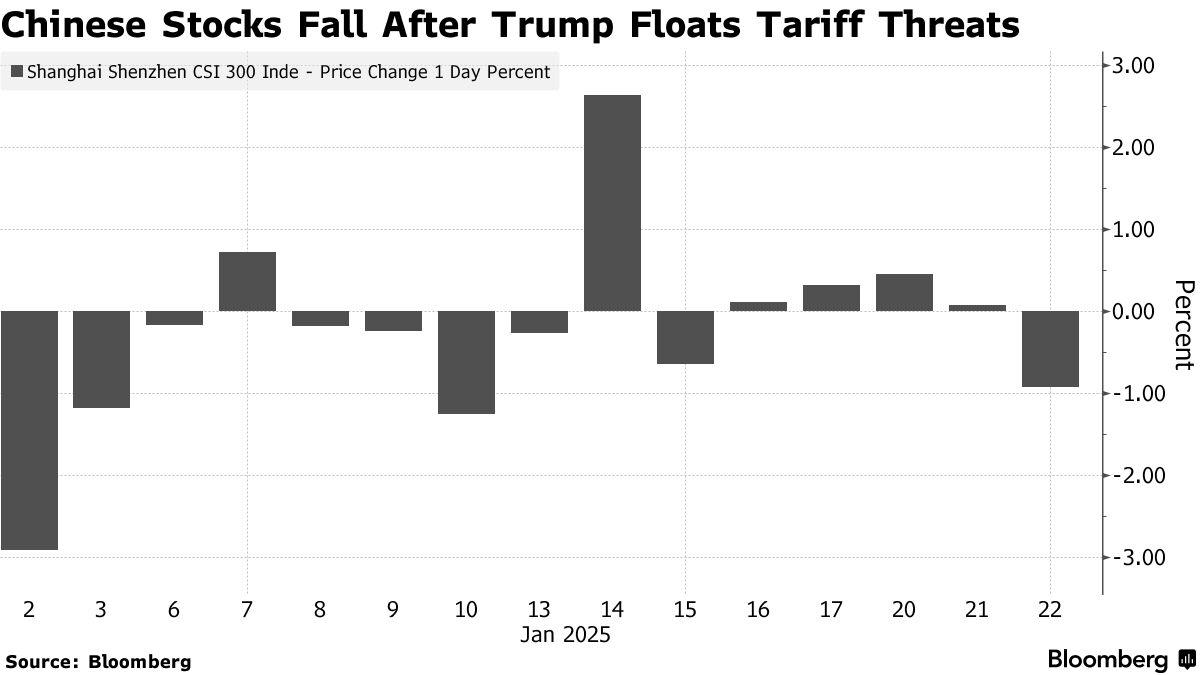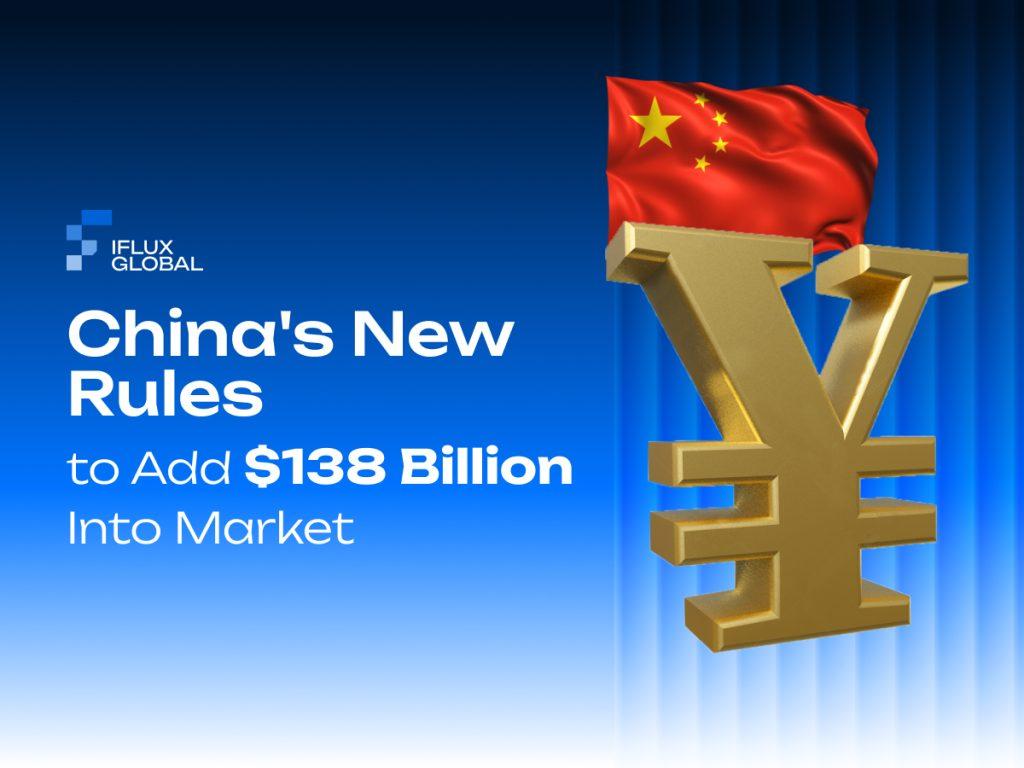China’s latest market stabilization measures could inject at least 1 trillion yuan ($138 billion) into its stock market in 2025, with analysts projecting potential inflows reaching up to 13 trillion yuan over three years, according to major financial institutions.
Key Financial Measures and Projections of China’s New Rules
The Chinese government has introduced significant regulatory changes aimed at stabilizing its struggling stock market. Key measures include requiring major state-owned insurers to invest 30% of their new annual premiums into onshore stocks starting in 2025, while mutual funds must increase their holdings by at least 10% annually over the next three years.
JPMorgan Chase & Co. provides the most optimistic outlook, forecasting additional buying of approximately 1.3 trillion yuan from insurance and mutual funds in 2025 alone. While this represents only 1.7% of the total traded market capitalization, the bank projects potential three-year flows between 4 and 13 trillion yuan.
Other major financial institutions offer varying but substantial projections:
Citigroup Inc. estimates:
- Mutual funds: 620 billion yuan
- Insurers: 200-630 billion yuan
- Total projection: Over 1 trillion yuan
UBS Group AG forecasts:
- Insurers: 1 trillion yuan
- Mutual funds: 590 billion yuan
- Social security funds: 120 billion yuan
- Total projection: 1.7 trillion yuan
Huajin Securities projects:
- Insurance funds: 500-700 billion yuan
- Mutual funds: 300-500 billion yuan
- Overseas funds: 60-150 billion yuan
- Total range: 860 billion to 1.35 trillion yuan
Latest Developments and Market Impact
China’s securities regulator announced additional measures on Wednesday, including:
- New Market Support Initiatives:
- Increased pension fund investment in listed companies
- Encouragement for mutual funds to issue more equity-focused products
- Participation allowance for institutions in strategic investments
- Extended performance evaluation horizons for state-backed insurers
- Government Response:
- CSRC Chairman Wu Qing, Deputy Finance Minister Liao Min, and central bank official Zou Lan scheduled for Thursday briefing
- Directive issued to “steady the stock market and clear bottlenecks”
- Guidance for state-owned insurers to increase A-share investment
- Support for listed companies to increase share repurchases
These measures come amid challenging market conditions:
- Worst start to 2025 in nine years for Chinese stocks
- Property market meltdown impact
- Weak consumer sentiment
- Trump’s renewed tariff threats (potential 10% levies)
- CSI 300 Index decline
- Hang Seng China Enterprises Index underperformance
Market analysts remain cautious about short-term impact. Kevin Net, head of Asian equities at la Financière de l’Echiquier, compares the measures to Japan’s Government Pension Investment Fund reforms during Abenomics, suggesting long-term positive implications despite limited immediate effects.
The success of these measures will depend on:
- Implementation efficiency
- Market confidence restoration
- Economic fundamentals improvement
- Global market conditions
- Policy effectiveness

As China continues its market stabilization efforts, investors await more details on implementation, particularly regarding share buybacks and dividends, while bracing for potential market volatility amid geopolitical tensions.
Note: Market data and projections current as of early 2025, subject to change based on economic and policy developments.
About iFlux
iFlux Global gives everyone the freedom to access advanced financial services anywhere, anytime. As a cryptocurrency financial platform, iFlux provides a wide range of solutions to help crypto investors grow their profits.




